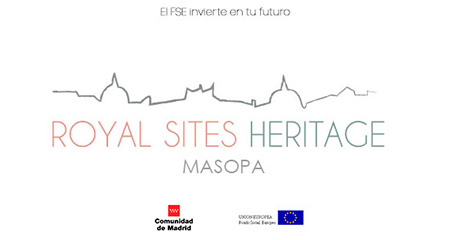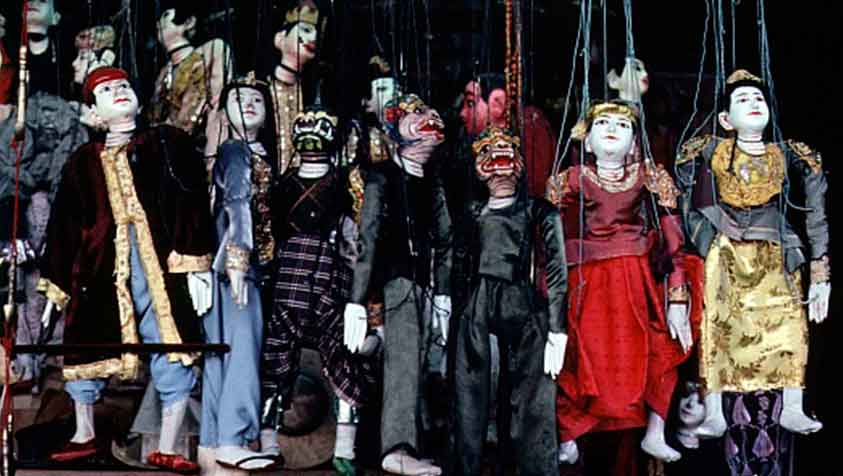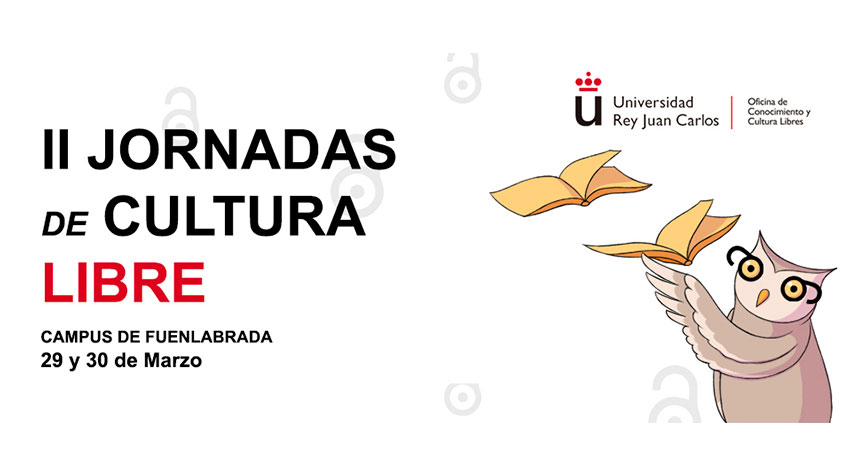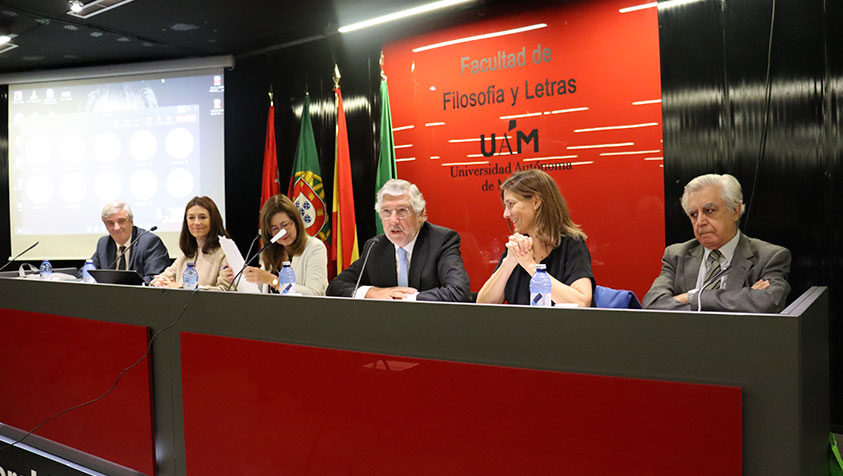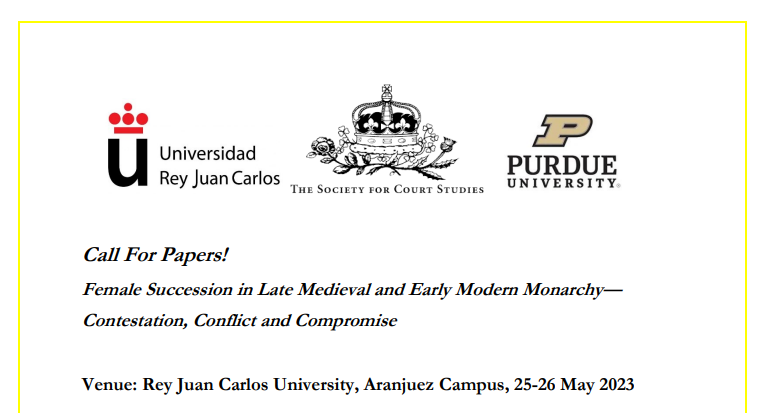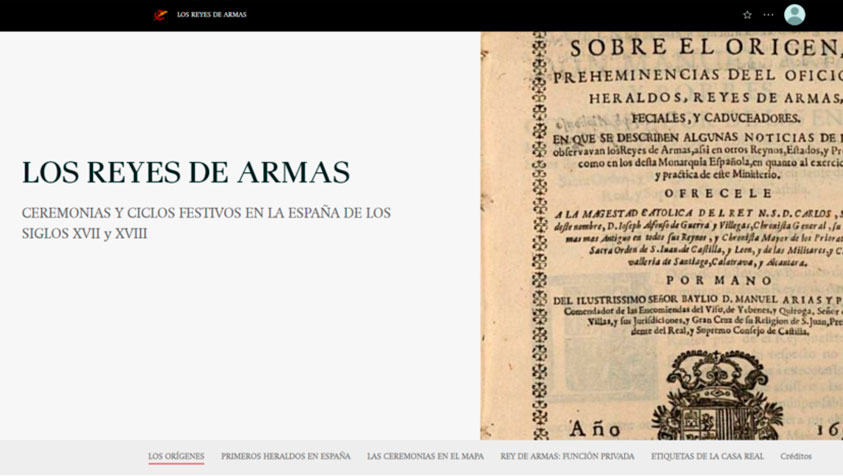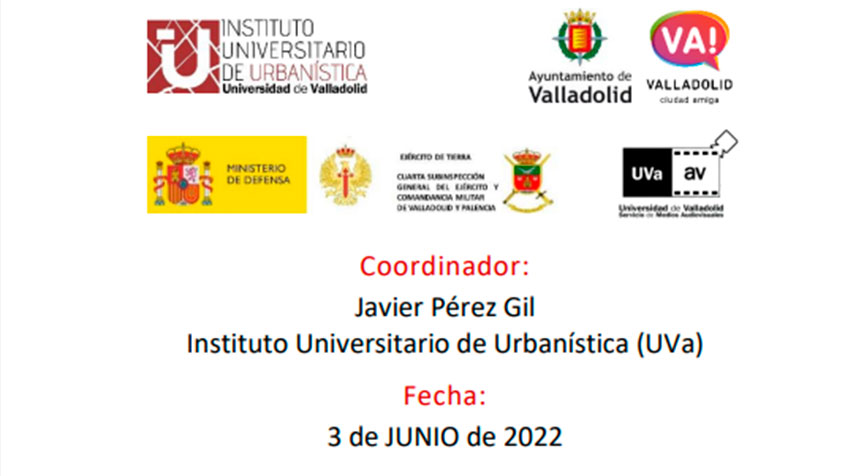CONGRESO INTERNACIONAL
Dialogues of Power: Political (Re)presentations in the Arts
University of St. Andrews, 28-29 October 2016
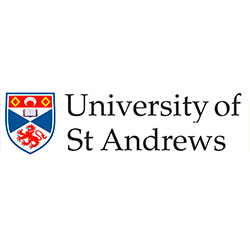
El profesor Gijs Versteegen (URJC-IULCE) participará en el Congreso Internacional Dialogues of Power: Political (Re)presentations in the Arts con la ponencia Magnificent art at the Spanish royal court in the seventeenth and eighteenth century.
Abstract
One of the resources used by the Spanish kings in the early modern period to legitimize their power was the virtue discourse, which had its origin in classical philosophy. This discourse emphasized the moral excellence of the nobility and princes, which was expressed through decorum: the moral qualities of persons had to be reflected in their actions and outward appearance. The princely virtue by excellence was magnificence, which regulated the visual display of power through art, architecture, ceremonial and a vast entourage of courtiers. Magnificence is often related to concepts as propaganda, and royal pomp, acquiring this way a rather static significance. However, as all Aristotelian virtues, magnificence was distinguished from its opposite vices: a lack of it caused the vice of smallness and an excess disproportionate spending. As opinions differed over what was the golden mean, the discourse on magnificence reflects a political discourse on what was considered to be good or tyrannical governance. In this contribution we analyze different positions on magnificence, focusing especially on the role of art within this debate.
